Earthquake
Introduction
An earthquake is a sudden and violent shaking of the ground, often caused by movement of the Earth's tectonic plates. This natural phenomenon can cause significant damage to buildings, infrastructure, and can even lead to loss of life.


Causes of Earthquakes
Earthquakes are primarily caused by the movement of the Earth's tectonic plates. These plates are large sections of the Earth's crust that float on top of the semi-fluid asthenosphere. When these plates move against each other, they can cause the ground to shake, resulting in an earthquake.
There are three main types of plate boundaries: convergent, divergent, and transform. Each of these boundaries can produce earthquakes, although the mechanisms and characteristics of the earthquakes can vary.
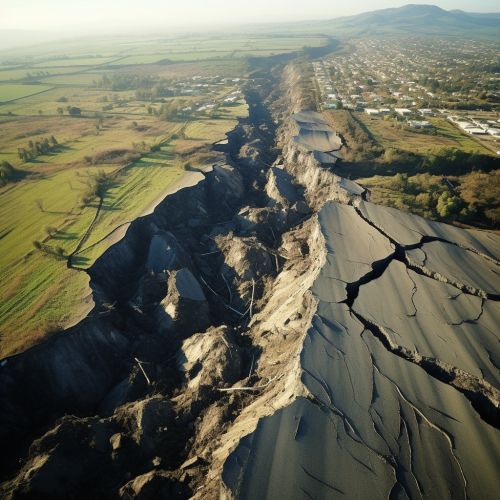
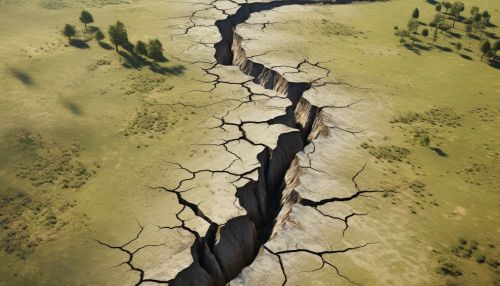
Convergent Boundaries
At convergent boundaries, two plates move towards each other. This can cause one plate to be forced beneath the other in a process known as subduction. The subducting plate is forced into the mantle, where it melts and can cause volcanic activity. The movement of these plates can also cause large, powerful earthquakes.
Divergent Boundaries
At divergent boundaries, two plates move away from each other. This causes magma to rise from the mantle to fill the gap, creating new crust. This process can cause earthquakes, although they are typically less powerful than those caused by convergent boundaries.
Transform Boundaries
At transform boundaries, two plates slide past each other horizontally. This can cause intense shear stress, leading to earthquakes. These earthquakes are typically shallow but can be very powerful.
Measurement of Earthquakes
The size or strength of an earthquake is typically measured using the Richter scale or the moment magnitude scale (Mw). These scales provide a quantitative measure of the energy released by an earthquake.
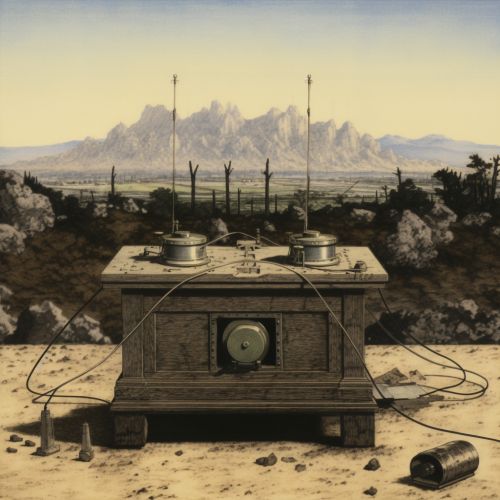
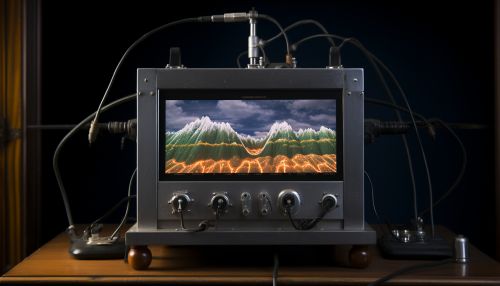
Richter Scale
The Richter scale, developed in the 1930s by Charles F. Richter, measures the amplitude of seismic waves recorded by seismographs. The scale is logarithmic, meaning that each whole number increase on the scale represents a tenfold increase in measured amplitude and roughly 31.6 times more energy release.
Moment Magnitude Scale
The moment magnitude scale is a more modern scale used by seismologists to measure the size of earthquakes in terms of the energy released. The Mw scale not only measures the amplitude of waves recorded by seismographs, but also takes into account the area of the fault that slipped and the amount of slip along the fault. This scale provides a more accurate measure of the earthquake size for very large earthquakes.
Effects of Earthquakes
The effects of earthquakes can be devastating, leading to loss of life, destruction of infrastructure, and significant economic damage. In addition to the immediate shaking, earthquakes can also trigger landslides, tsunamis, fires, and other secondary hazards.
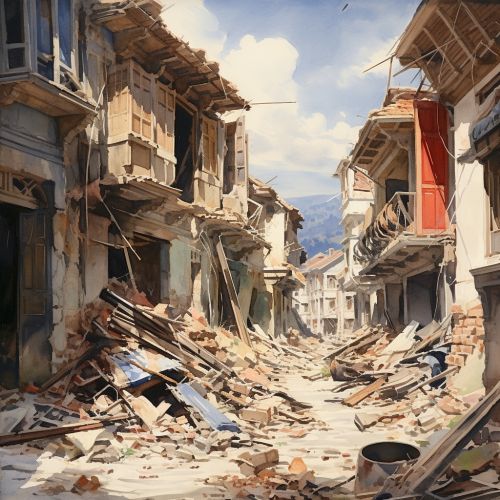
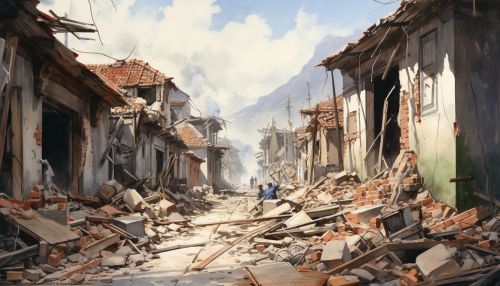
Structural Damage
The shaking caused by earthquakes can lead to the collapse of buildings and other structures. The level of damage can depend on the building's design, the intensity and duration of the shaking, and the type of ground the building is constructed on.
Landslides
Earthquakes can trigger landslides, especially in hilly or mountainous areas. These landslides can bury homes and roads, causing further damage and potentially leading to loss of life.
Tsunamis
Underwater earthquakes can trigger tsunamis, large ocean waves that can travel great distances. When these waves reach shore, they can cause significant flooding and destruction.
Earthquake Preparedness and Response
Given the potential for destruction and loss of life, it is important for communities in earthquake-prone areas to be prepared. This includes having a plan for what to do during and after an earthquake, as well as taking steps to mitigate the potential damage from an earthquake.
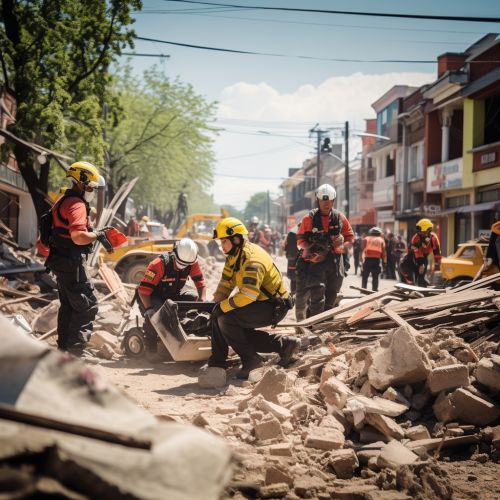
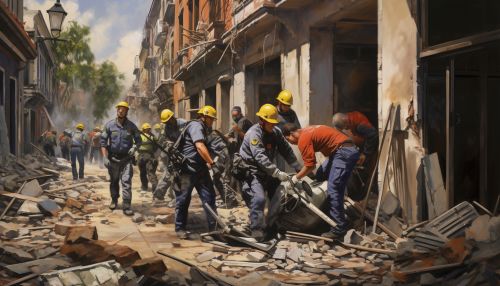
During an Earthquake
During an earthquake, it is recommended to "Drop, Cover, and Hold On." This means to drop to your hands and knees, cover your head and neck (and your entire body if possible) under a sturdy piece of furniture or against an interior wall away from windows, and hold on until the shaking stops.
After an Earthquake
After an earthquake, it is important to check for injuries and get first aid if necessary, check for hazards such as gas leaks or electrical fires, and listen to the radio or television for information and instructions from local authorities.
Mitigation
There are also steps that can be taken to mitigate the potential damage from an earthquake. This can include retrofitting buildings to make them more earthquake-resistant, land-use policies that discourage construction in high-risk areas, and early warning systems that can provide a few seconds to minutes of warning before the shaking starts.
